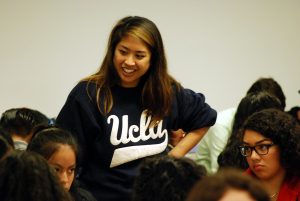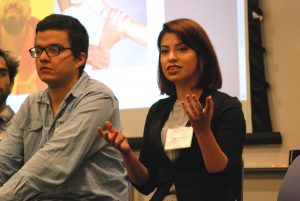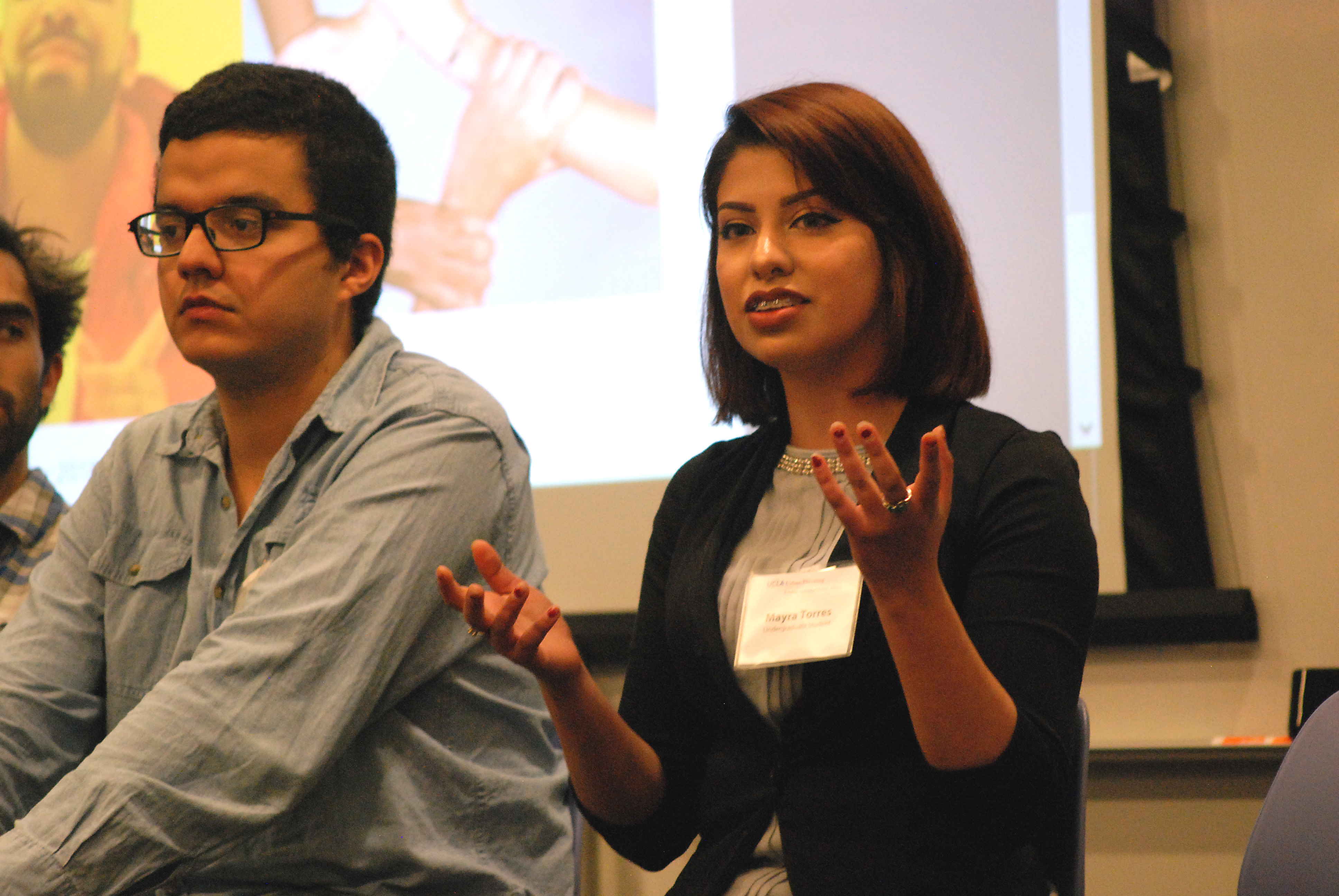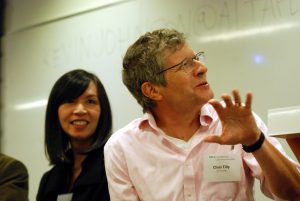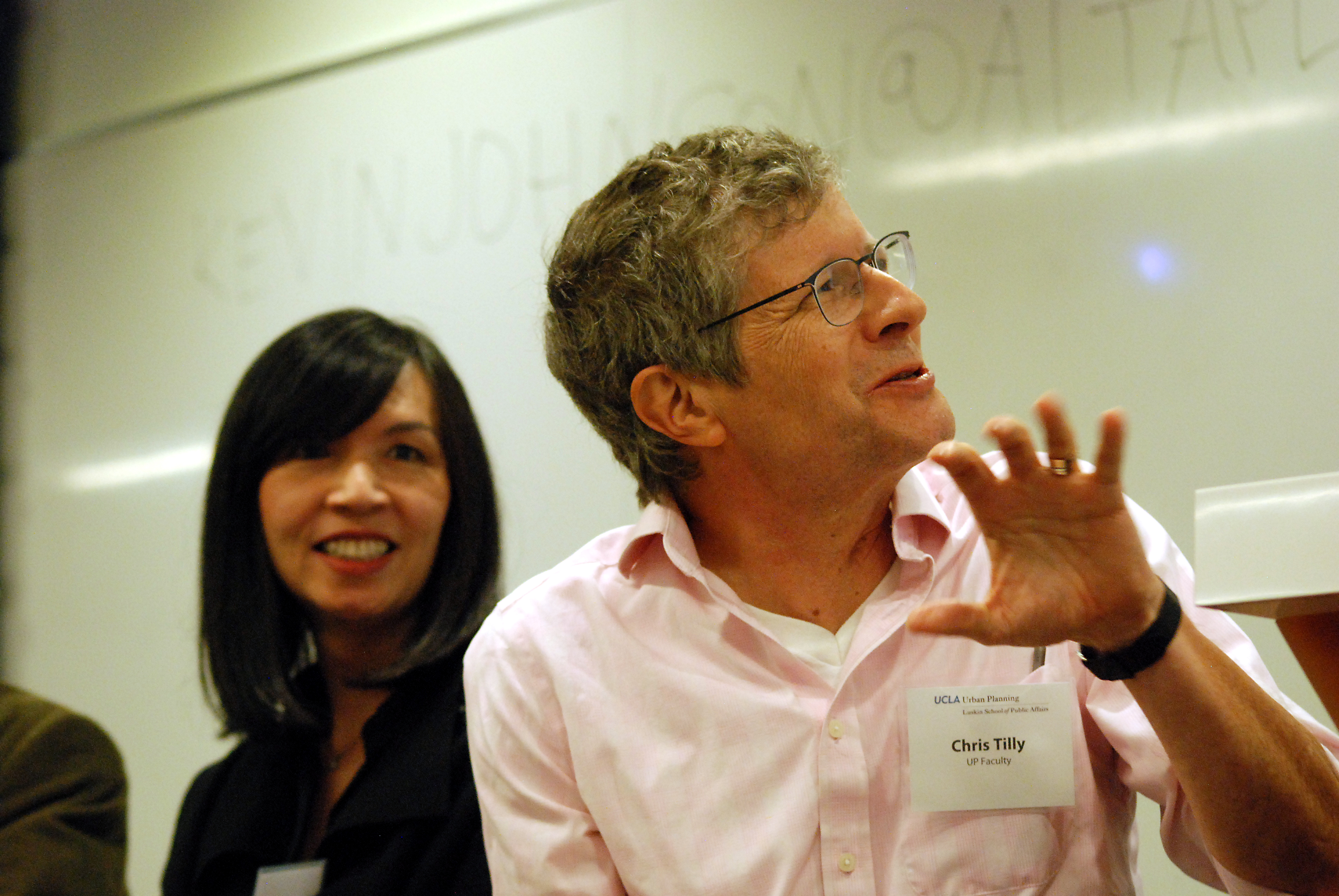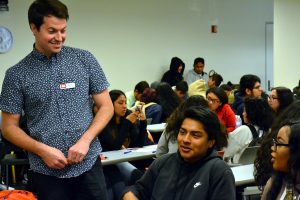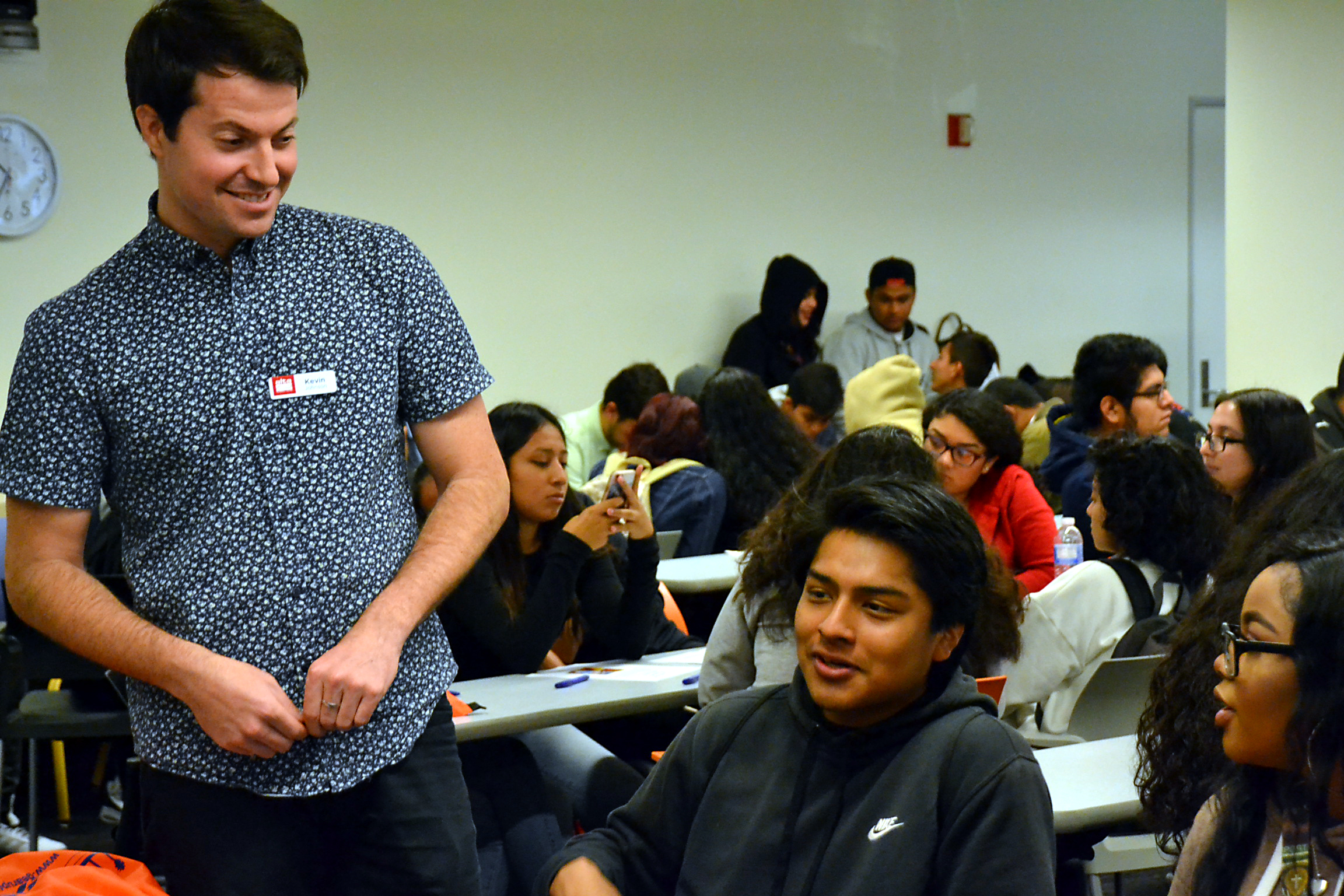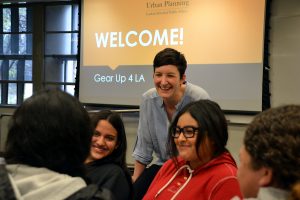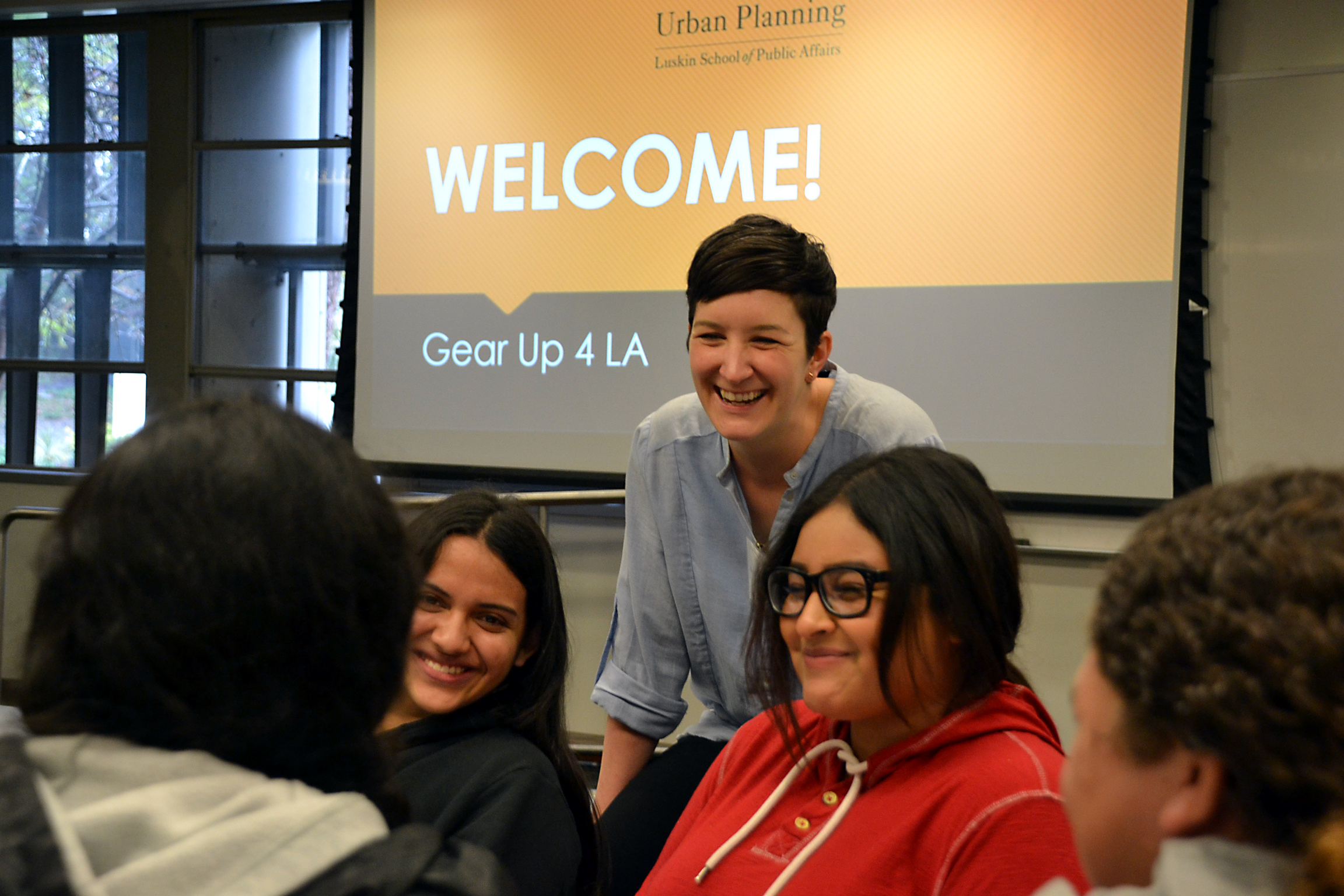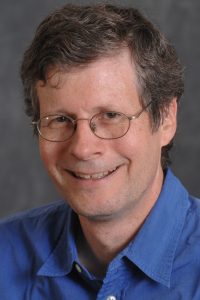A new kind of Institute has come to UCLA.
Led by Ananya Roy, UCLA Luskin School of Public Affairs professor and center director, the newly established Institute on Inequality and Democracy will launch on Feb. 4-5 with two days of events at UCLA and the Japanese American National Museum, Los Angeles.
“We analyze and transform the divides and dispossessions of our times, in the university and in our cities, across global South and global North,” is stated as part of the mission of the Institute which will encompass multidisciplinary, collaborative work led by UCLA faculty. Planned areas of work include: multi-disciplinary research collaboratives to advance knowledge about key social problems; contributing to policy frameworks via activist practices and community organizing; graduate student working groups that foster connections across and beyond UCLA; and offering intellectual space for debates within progressive thought.
From discussions on “Markets, Race, and the Aftermath of Slavery” to “Decolonizing the University,” the upcoming launch, titled “Urban Color-Lines,” will serve as an introduction to key themes to be explored at the new Institute based in the UCLA Luskin School of Public Affairs and made possible by a generous donation from Meyer and Renee Luskin.
Daytime events for both days will be held at the UCLA Luskin School of Public Affairs and will include eminent UCLA scholars as well as intellectuals and activists who are actively working on human rights and social justice issues — locally, nationally and internationally.
Day 1, Feb. 4
First-day events begin at 11 a.m. at the UCLA Luskin School of Public Affairs, room 2355, with Why Think About Inequality & Democracy Together? Luskin Interim Dean Lois Takahashi will provide welcome remarks followed by Roy’s introduction of the Institute and events.
Markets, Race, and the Aftermath of Slavery
11:30 a.m., Room 2355, UCLA Luskin School of Public Affairs
Chair: Leobardo Estrada, Chair, Academic Senate, UCLA
Speaker: Cheryl Harris, UCLA School of Law and Chair, African American Studies
The Right to the City: From South to North
1 p.m., Room 2355, UCLA Luskin School of Public Affairs
Chair: Chris Tilly, Urban Planning, UCLA
Speakers:
Toussaint Losier, Afro-American Studies, University of Massachusetts, Amherst, and co- founder, Chicago Anti-Eviction Campaign
Raquel Rolnik, Urban Planning, University of São Paulo, Brazil
Richard Pithouse, Unit for Humanities at Rhodes University, South Africa
Gautam Bhan, Indian Institute for Human Settlements, India
Day 1 Evening
The Feb. 4 evening presentations and performances will be held from 6 to 8:30 p.m. (with a reception from 6 to 6:30 p.m.) at the Japanese American National Museum in Los Angeles, 100 N. Central Ave., Los Angeles. Round-trip transportation from UCLA will be provided.
The program includes:
Black, Brown, and Banished: Ending Urban Displacement in 21st Century Democracies
Japanese American National Museum, Los Angeles
Performances:
Bodies on the Line: Artists Fight Back
Curator: Dan Froot, 501 (see three) ARTS and UCLA Department of World Arts and Cultures/Dance
Dance by Bernard Brown
Dance/Spoken Word by Sandy Vazquez and Ericka Jones
Excerpts from Oral Histories of Displaced Angelenos, by Dan Froot with Dorothy Dubrule
Eviction/Action:
Moderators:
Laura Pulido, American Studies and Ethnicity, USC, and Ananya Roy, Director, Institute on Inequality and Democracy at UCLA Luskin
Speakers:
Ashraf Cassiem, Western Cape Anti-Eviction Campaign, South Africa
Willie (JR) Fleming, Chicago Anti-Eviction Campaign
Patricia Hill, Chicago Anti-Eviction Campaign
Pete White, LA Community Action Network
Day 2, Feb. 5:
What Do We Hope to Achieve Today and Now?
10:15 a.m., Room 2355, UCLA Luskin School of Public Affairs
Ananya Roy, Director, Institute on Inequality and Democracy at UCLA Luskin
Debtors’ Prisons and Debtors’ Unions: Direct Action in Finance Capitalism
10:30 a.m., Room 2355, UCLA Luskin School of Public Affairs
Chair: Robin D.G. Kelley, African American Studies and History, UCLA
Speaker: Hannah Appel, Anthropology, UCLA
Decolonizing the University
Noon, Room 2355, UCLA Luskin School of Public Affairs
Moderator: Ananya Roy, Director, Institute on Inequality and Democracy at UCLA Luskin
Speakers:
Gaye Theresa Johnson, African American Studies and Chicana/o Studies, UCLA
Camalita Naicker, Political and International Studies, Rhodes University, South Africa
Carlos Vainer, Chair, Forum of Science and Culture, Federal University of Rio de Janeiro, Brazil
Marques Vestal, History, UCLA
Day 2 Evening program (7-9 p.m.)
The Audacity of Despair
James Bridges Theater, UCLA
Screening: Show Me a Hero
Keynote Lecture: David Simon, writer and creator, “The Wire,” “Treme,” and “Show Me a Hero”
Information and Registration
Registration, a detailed program of events, and more about the Institute may be found at: challengeinequality.luskin.ucla.edu

